This review contains affiliate links, which earn me a small commission when you click and purchase, at no extra cost to you. Thank you for supporting my small business and allowing me to continue providing you a reliable resource for clean book ratings.
The inherent challenge in writing a fairy tale is coming up with something unique, an unusual or unexpected way of telling it. Many authors approach that problem by using the fairy tale as a loose framework, an idea upon which to build their story. Jessica Day George, however, approaches the fairy tale novelization from a different angle: how can she, as an author, work within the bounds set by the original telling and create a captivating story?
The story in this case is The Twelve Dancing Princesses, as told by the Brothers Grimm. In George’s telling, Galen is a soldier coming home from a 12-year-long war with a neighboring country. He is given a job as an under-gardener in the king’s palace of his home country, Westfalin — a country roughly patterned after Germany, with German food, customs and words scattered throughout the novel — and there encounters the king’s 12 beautiful daughters. The daughters are cursed — due to some desperate, albeit bad, bargaining on the part of their mother — to dance every night in the underworld for the King Under Stone.
Up to this point, the book is genuinely interesting: the princesses are unable to talk about their curse, so the king, as well as his kingdom, are left in the dark about where the girls are going at night and why. The narrative, by default, deals with the consequences of the princesses’ actions; countries are abandoning their alliance with Westfalin, suitors come and are mystified and subsequently killed (by convenient, and natural, accidents), the Archbishop accuses the princesses of witchcraft, and the city — and presumably the country — is in a state of unrest. It’s quite fascinating seeing the fairy tale from the outside, as it were.
However, Galen — our stalwart and noble hero — has fallen in love with Rose, the oldest princess, and he decides to try his hand at discovering where the princesses are going. Through the help of the archetypal wise people — one a stranger, the other a fellow gardener — he is able to thwart the magic of the underworld and follow the princesses there, and the book follows the time-tested fairy tale plot line until the inevitable end.
The one truly unique element, something that’s common in George’s books, is the use of a homespun craft, in this case knitting. It’s our hero who knits; Galen picked it up as a soldier, and he uses it to relax and meditate, something to keep his hands busy while he rests. George uses the act of knitting in many ways: to express charity and, later, love, and in the end as a means to thwart evil. She even goes so far as to include patterns at the end of the book, something which will probably excite all her fans who also happen to knit (or will be excited about learning).
In the end, though, fascinating and respectable as it is, George’s approach to fairy tale telling leaves something to be desired. Because she adheres so closely to the strictures of the original tale, the book often feels trite and full of the usual tropes: the hero is helped because he is kind. He falls in love with the princess, and because of his love, bravery and wit, he is able to overcome all evil, thereby winning him the princess in the end.
It’s almost as if the book is a broader sketch of the original tale; there’s more detail than the Grimms had, but not as much as there could be if George had colored outside the lines. However, there is a challenge in inventing a world that fits the fairy tale, that feels so much as if it could have been something that has been handed down through this ages. And George succeeds at that, at least, most admirably.
Rated: Mild, for some mild language use
Click here to purchase your copy of Princess of the Midnight Ball on Amazon.
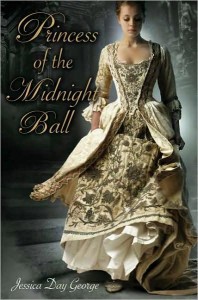
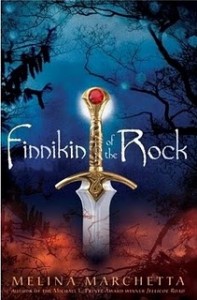
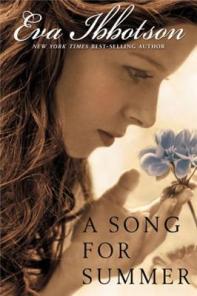
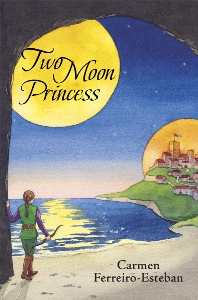
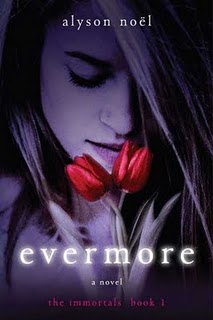
Pingback: Princess of Glass | Rated Reads